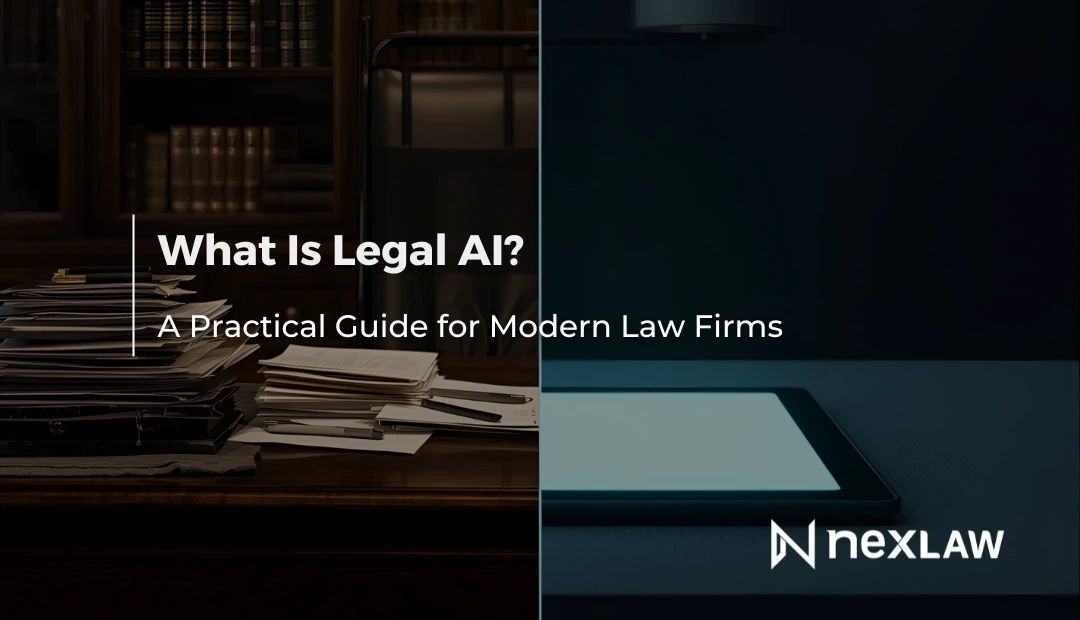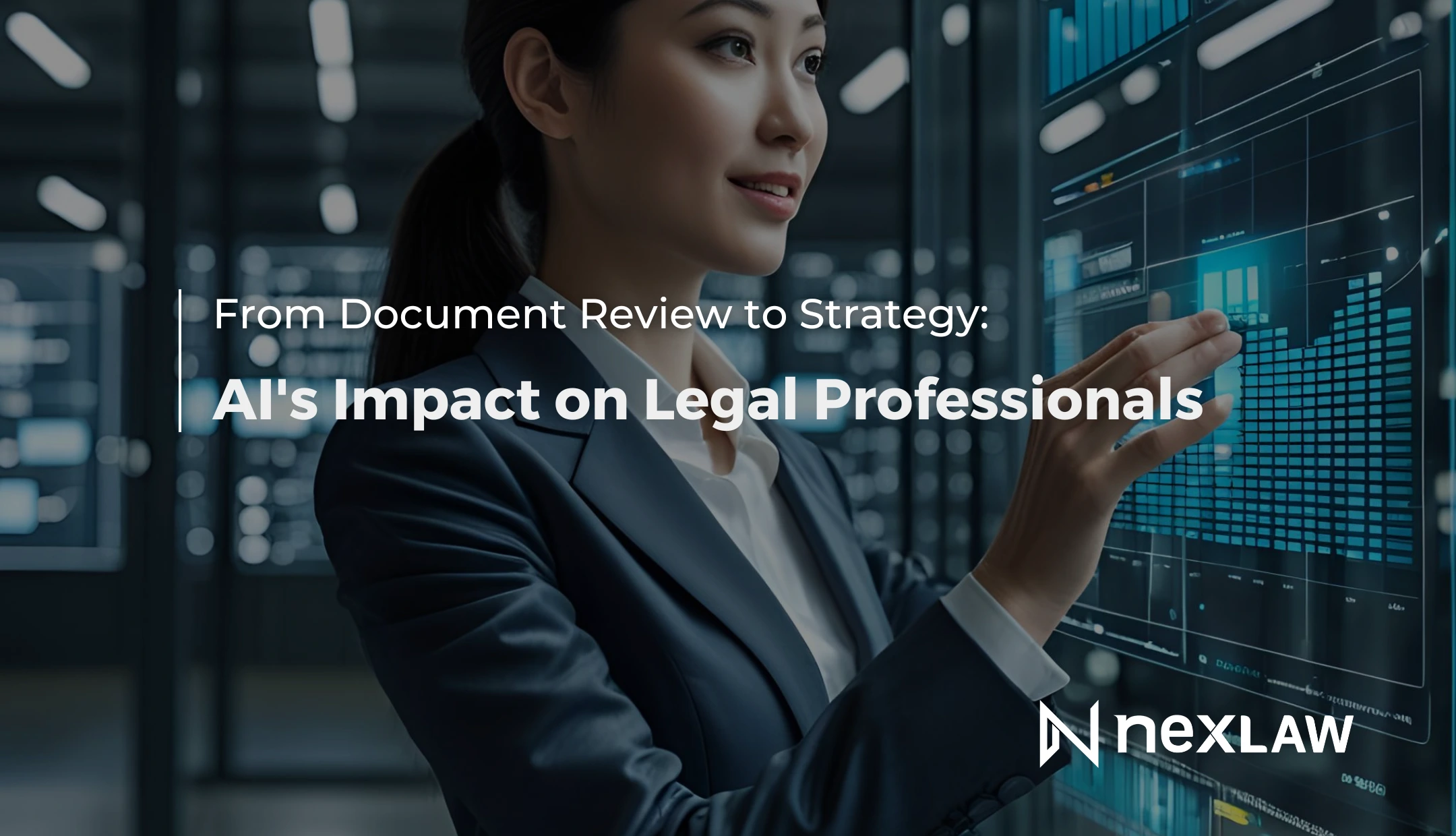The Junior Associate’s Playbook: Using NeXa to Master Legal Research and Memo Drafting
As a junior associate, you’re signing up for long hours, steep learning curves, and high expectations. But smart use of AI—especially NeXa—can give you a visible edge. In this tutorial you will learn exactly how to research a legal question, build a structured memo, compare jurisdictions, and become your firm’s AI resource.
Unlock Legal Insights Instantly!
Why Memo Drafting Skills Matter More Than Ever
- Legal memos are where your research rigor, jurisdiction knowledge, and writing clarity are tested.
- Courts and supervising attorneys evaluate your logic, how well you handle precedents, and your ability to foresee counterarguments.
- Efficiency combined with precision wins promotions in tough firms. Tools like NeXa can help you deliver both.
Step‑by‑Step Walkthrough: Using NeXa for Legal Research + Memo Drafting
Here’s a detailed workflow you can follow when given a research assignment:
1. Define Your Legal Question & Scope
Example: “In California, under the California Consumer Privacy Act (CCPA), when does the ‘sale’ of data include disclosures for targeted advertising?”
Get clarity from your supervising attorney: jurisdiction, date range, relevant statutes, whether California courts vs federal courts.
2. Upload Relevant Documents
If you have past memos, statutes, opinions, or your firm’s internal precedents, upload them into NeXa. The “Attach Documents” feature (seen in NexLaw 101: Getting Started Guide – NeXa) lets you provide context and source material. NexLaw | Your AI Legal Assistant
3. Use Directed Prompts to Gather Authorities
Use NeXa with prompts like:
a. “Find California Supreme Court cases post‑2020 interpreting ‘sale’ under CCPA for targeted advertising disclosures.”
b. “Compare how Ninth Circuit vs California appellate courts define ‘sale’ in privacy statutes, including dissents if any.”
4. Organize Findings & Outline Memo Structure
Based on research results, draft a memo outline with these sections:
a. Question Presented b. Brief Answer c. Facts d. Applicable Law (including statute + case law, highlight conflicting authorities) e. Analysis (IRAC or similar) f. Conclusion
5. Draft the Memo with NeXa Assistance
Use NeXa to produce a first draft of “Applicable Law” and “Analysis” sections. Provide clear context in prompts (attach statutes or earlier cases). Then refine manually—ensure you replace placeholders, verify case names, check full text of opinions.
6. Review & Compare Jurisdictions
If your case could involve multiple jurisdictions (e.g. state vs federal, or multiple state courts), use NeXa to pull case law from each jurisdiction. Note differences in interpretation, standard of proof, or statutory definitions. Document contrasts in memo.
7. Quality Check and Finalize
Proofread, confirm all citations, clean up grammar, ensure Supervising Attorney preview. Use built‑in version control in NeXa and ChronoVault 2.0 to track edits.
Prompt Library: Copy‑Paste Prompts for Memo Drafting
Here are sample prompts junior associates can copy into NeXa, adjusting as needed:
| Prompt Category | Example Prompt |
|---|---|
| Case Law Research | ”Find controlling Ninth Circuit precedent on the ‘inevitable disclosure’ doctrine in trade secret law post-2022.” |
| Statutory Analysis | ”Summarize the key provisions of California’s AB 5 regarding worker classification and list cases interpreting it.” |
| Jurisdictional Split | ”Compare how Delaware and New York courts treat shareholder derivative suits in cases of alleged mismanagement.” |
| Drafting (Legal Standard) | “Draft the legal standard section for a motion to dismiss under FRCP 12(b)(6), citing Iqbal and Twombly.” |
| Counterargument Framing | ”Identify potential counterarguments to a plaintiff’s claim of intentional infliction of emotional distress in Texas.” |
Human‑Only vs. AI‑Assisted Memo: Side‑by‑Side Comparison
| Aspect | Human-Only Workflow | AI-Assisted Workflow (NeXa) |
|---|---|---|
| Research Time | 4–8 hours (manual search) | 1–2 hours (targeted prompts) |
| Drafting Time | 3–5 hours | 1–2 hours (AI-assisted sections) |
| Citation Errors | Higher risk | Lower risk (source-linked) |
| Version Control | Manual (file naming) | Automated (ChronoVault 2.0) |
| Final Polish | 1–2 hours | 1 hour (focus on refinement) |
Tips for Finding Precedent & Comparing Jurisdictions
- Always specify the jurisdiction in your prompt: “California appellate,” “federal circuit,” etc.
- Use date filters: limit to recent years to avoid outdated splits.
- Review dissents or concurring opinions—they often help in arguing for flexibility.
- When in doubt, include both authorities and note differences in your memo. It shows maturity and thoroughness.
Build Your Own Research + Memo Workflow Checklist
- Define issue, scope, jurisdiction
- Gather statutes, past cases, internal precedent
- Use NeXa with targeted prompts for cases and law summaries
- Attach documents for contextual analysis
- Outline memo structure clearly: question, brief answer, facts, law, analysis, conclusion
- Draft sections with NeXa, refine manually
- Compare conflicting jurisdictions if relevant
- Run final review: citations, legal arguments, counterarguments
- Maintain version history & audit trail
(Downloadable checklist PDF available here) — (placeholder for link/resource)
Quotes & Legal Ethics as Guidance
“Competence requires understanding the benefits and risks of generative AI and using it only when the lawyer can ensure the output is accurate.” —ABA Formal Opinion 512 National Conference of Bar Examiners
“Set your work product to reflect not only the binary answer but the reasoning as if you were writing for both your supervising attorney and the client.” —Legal Research Memo Best Practices guides law.cuny.edu
Accelerate Your Career: Become Your Firm’s AI Power‑User with NexLaw
If you follow this playbook, you’ll move faster, make fewer revisions, and earn trust as someone who delivers polished, thoughtful work earlier in your career.
Start with:
- 3‑day free trial — no credit card required
- 7‑day full‑access trial — credit card required
- Book a demo call with our support team to build your workflow
Promo Codes You Can Use:
- Use code OCTSAVE40 → Get 40% off Annual Prepaid plans
.webp)





